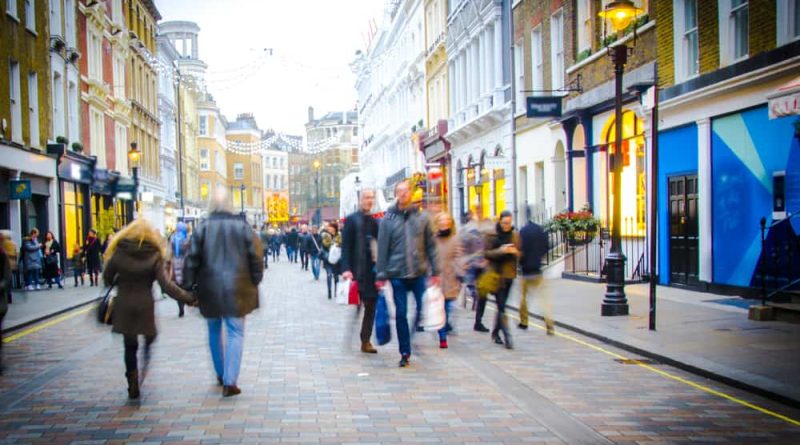Among the many sectors redesigning their operations to meet the needs and desires of modern society, retail is undergoing perhaps the most significant change. The high street as many know it is adapting in response to a number of circumstances, not only learning how it can accommodate considerations of a post-pandemic custom but also how technology can be incorporated into brick and mortar design.
In addition to the pursuit of continued success, many retail concepts are also seeking to overcome the challenges of online retail and e-commerce competitors. Previously, online stores were seen as direct competition to high street ventures. However, now, it seems that both benefit from each other, with an increasing occurrence of crossover. This blend, among other factors, is why the high street as we know it may soon be unrecognisable.
Checkout Services
There are two types of shop experience, one of which involves the browsing of specialist products sold by representatives who wish to share expertise or offer an experience to their customers. Then, alternatively, are stores that simply wish to refine the transaction of sale to the point of best efficiency.
The latter is a concept most often associated with supermarkets. Products must be abundant and made as easily accessible as possible. This is now leading to stores like Tesco to embrace AI, altogether eliminating the need for customers to checkout. Instead, with a series of sensors and digital systems, customers can simply take their chosen products from the shelf and walk out of the store, being charged the correct amount automatically.
Concept Stores
Smaller, agile concept stores are becoming more popular across the high street. Brands are abridging online services with their brick and mortar sites to offer more refined and specialised experiences. This is preferable for many retailers because it frees brands of many previous limitations, such as an abundance of stock, and frees up assets like display spaces and slatwall panels for a more curated aesthetic and shopping experience.
Small retail spaces also allow larger brands to operate in a greater number of areas and with fewer overheads; risk is reduced and a larger, potentially new, customer base is reached.
Augmented Reality
Part of experiential retail is the integration of augmented reality (AR). This technology, which is already appearing in many fashion stores, such as Nike, is allowing customers to experience and customised their products digitally. IKEA, for example, already allows customers to visualise their products in AR, enabling customers to get a more rounded view of the product, even being able to digitally place and manipulate it in their own room.
Customer Profiles
Instead of walking into a store anonymously, some retailers are seeking to customise their customers’ experience, curating recommendations and product offerings to meet the specific preferences of shoppers. This means that, instead of having to browse through items and offers that are not appropriate for a customer’s needs, they will, instead, be met with only those that best suit their preferences and profile, turning each shopping experience into a personalised experience.


